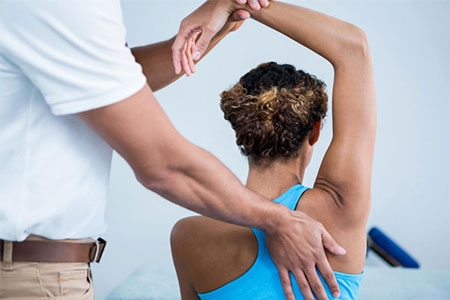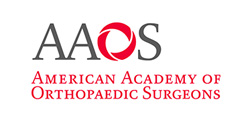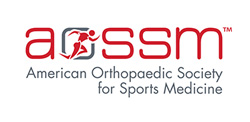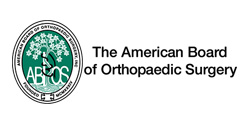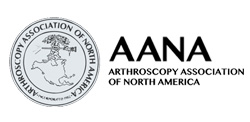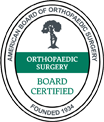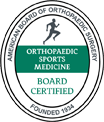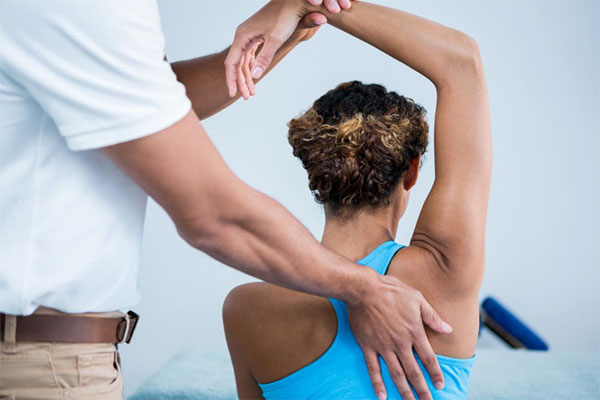
Rotator cuff injuries are a leading cause of shoulder pain and weakness, often requiring surgical repair when severe. While surgery restores structure, recovery also depends on rehabilitation. October is recognized as Physical Therapy Awareness Month, making it the ideal time to explore how physical therapy helps patients regain strength, mobility, and confidence after rotator cuff repair.
Understanding the Role of Physical Therapy After Surgery
Physical therapy begins within the first 2 weeks after surgery to protect the repair while preventing stiffness and promoting healing. Early sessions focus on gentle passive movements to maintain joint flexibility without stressing the repaired tendon. Over the weeks, therapy gradually introduces active exercises to restore muscle control and shoulder mobility.
The Critical Early Phase: Protect and Mobilize the Rotator Cuff (Weeks 0-6)
In the first six weeks, the tendon must heal securely to the bone. Physical therapy emphasizes protection, using gentle passive range of motion exercises and scapular mobility work while the arm remains in a sling most of the time. Avoiding active lifting or resisted movements allows the tissue to repair without disruption, laying the foundation for long-term recovery.
Building Rotator Cuff Strength Safely: Transitioning to Active Movements (Weeks 6-12)
Once the tendon has healed enough, physical therapy shifts focus to active-assisted and active range of motion exercises. Your therapist will introduce light strengthening, targeting the rotator cuff and surrounding muscles to enhance stability. This phase is crucial for improving function while safely increasing load on the healing tissue.
Advancing to Functional Strength and Stability (3 Months and Beyond)
After about three months, physical therapy tailors exercises to build muscular strength and endurance tailored to your lifestyle or sport. Resistance bands, light weights, and functional movements help prepare you to return to daily activities or athletic pursuits safely and confidently. This stage ensures the repair can withstand higher demands while optimizing shoulder control.
Benefits Beyond Recovery: Why Therapy is Essential
Physical therapy not only speeds healing but also reduces complications like stiffness and re-injury. It personalizes recovery to your needs, ensuring a balanced return to function. Engaging actively in rehab maximizes surgical results and helps you regain confidence in your shoulder’s strength and flexibility.
Partner with an Expert for Your Rotator Cuff Surgery Recovery
Recovering from rotator cuff surgery is a process that requires careful guidance. Working with an orthopedic surgeon and experienced physical therapist ensures your rehabilitation is customized and progressive.
Physical therapy is more than a routine appointment, it's the key bridge from surgery to restored strength and movement, empowering you to regain your shoulder health and get back to what matters most. Reach out to our office to learn more about optimizing your recovery through expert care and tailored therapy solutions.
AUTHOR: Milan M. DiGiulio, M.D. offers comprehensive Orthopaedic care for you and your entire family, specializing in Sports Medicine and Arthroscopic surgery of the shoulder and knee. Dr. DiGiulio performs over 200 arthroscopic shoulder and knee surgeries each year, using the most advanced surgical technology. Dr. DiGiulio is an advocate of non-invasive, non-surgical treatment options such as Physical Therapy and Orthobiologics.



